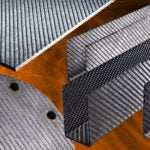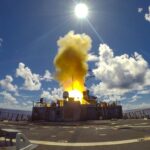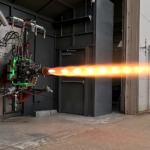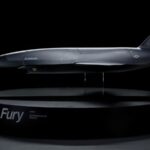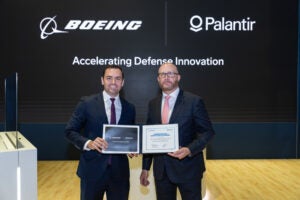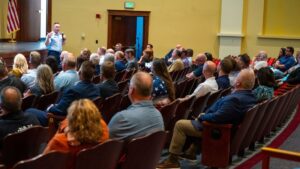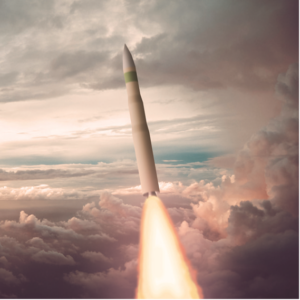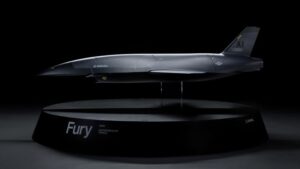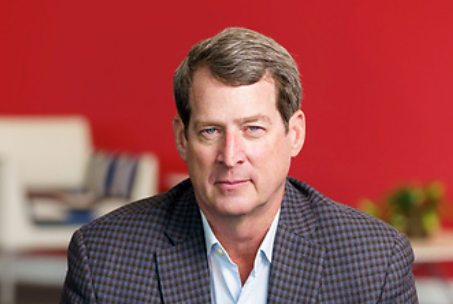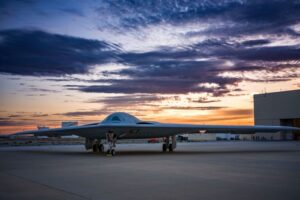
Northrop Grumman [NOC] on Thursday reported strong first quarter results driven by gains across its operating segments, particularly Aeronautics Systems, which benefited from work on fighter and unmanned aircraft. Net income increased 12 percent to $944 million, $6.32 earnings per share (EPS), from $842 million ($5.50 EPS) a year ago, smashing consensus estimates of $5.78 per share. Sales increased 9 percent to $10.1 billion from $9.3 billion. Aeronautics Systems enjoyed strong double-digit growth in revenue and operating profit driven by…

 By
By 